Photos: Tiny Looms Found in Chinese Tomb
Tiny Looms

Archaeologists unearthed four tiny looms attended by 15 carved wooden figurines in the grave of a Chinese woman dating to the second century B.C. The looms — the largest about the size of a child's toy piano — are the first evidence in the world of looms that can weave patterns.
"This discovery points to an ancient Chinese origin for a technology that revolutionized silk production throughout the rest of Asia and Europe," said the study's lead researcher, Feng Zhao, the director of the China National Silk Museum in Hangzhou, China, and a professor at Donghua University in Shanghai.[Read the Full Story on the Tiny Looms]
Lucky find
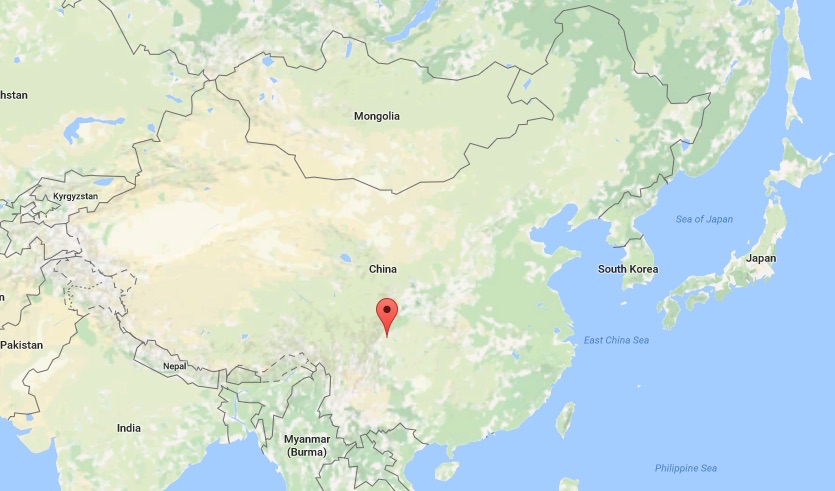
Archaeologists found the tomb while surveying an area tagged for subway construction in Chengdu, a city in China's southwestern Sichuan province, in 2013.
The tomb
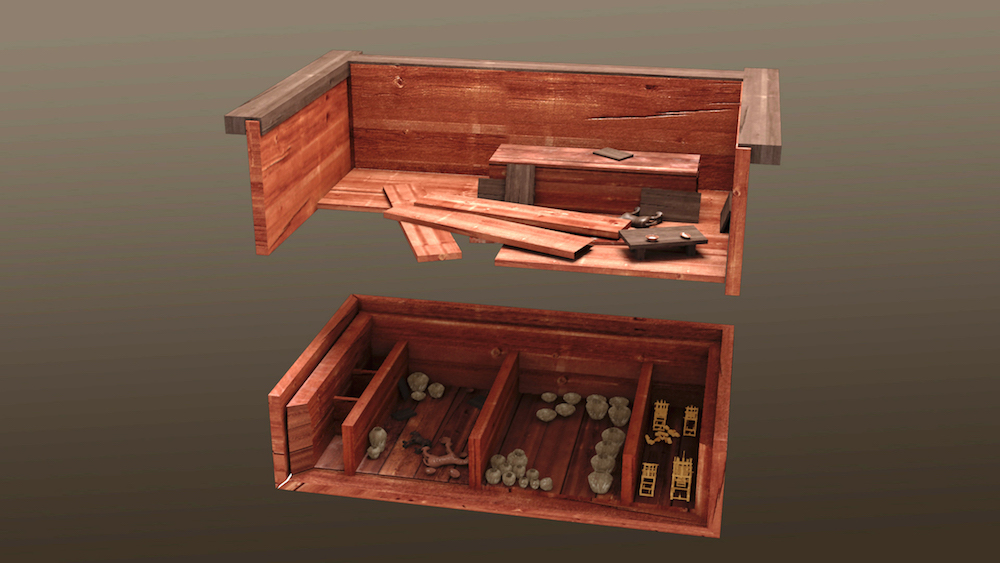
The tomb itself is spacious — about 24 feet long, 16 feet wide and 9 feet high (7 by 2.5 by 3 meters). It contains one large room with four smaller compartments beneath it. The large room on top held the remains of a woman who was about 50 years old when she died. Her name was Wan Dinu, according to a jade seal outside the coffin.
This drawing is a reconstruction of the tomb chamber showing the different levels.
Loom Room

This photo shows the northernmost compartment under the large room. It holds the four looms and 15 figurines (four male weavers and nine female weaving assistants).
Wooden weavers

The largest loom of the four looms (left) is 33 inches long, 10 inches wide and 20 inches high (85 by 26 by 50 centimeters). The wooden figures are about 10 inches tall (25 centimeters) and were carved "in the act of warping, weft winding and rewinding," Zhao said.
Largest loom
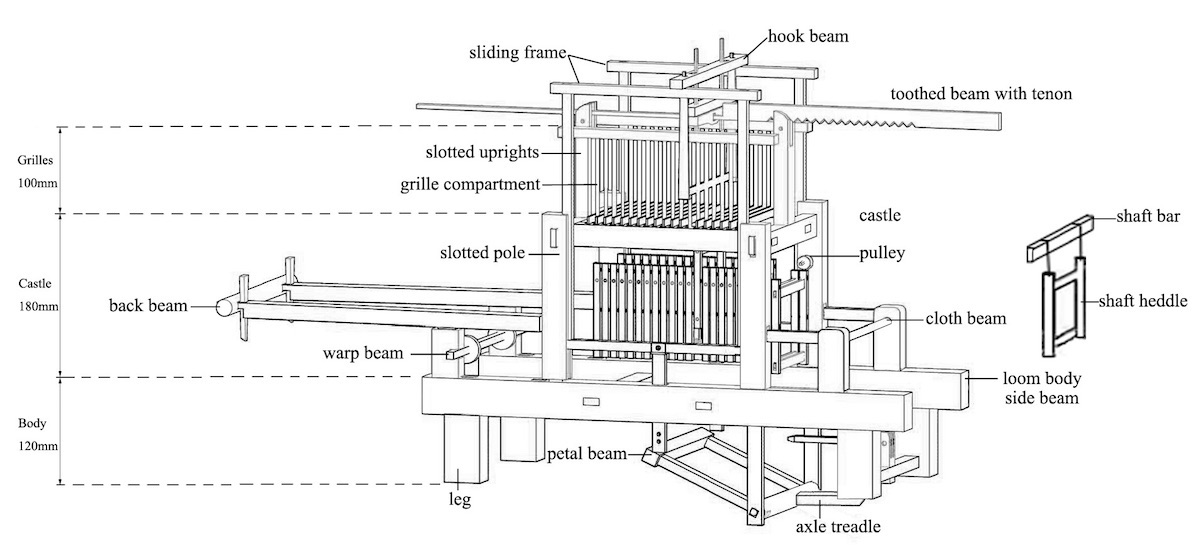
This schematic diagram shows a reconstruction of the largest of the four looms.
Lifelike reconstruction
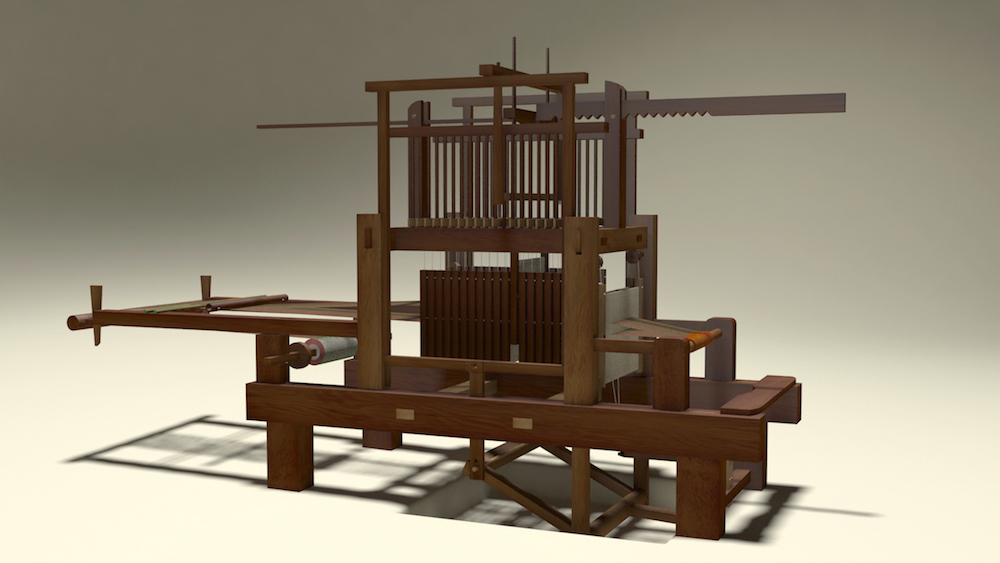
Another drawing of the largest of the four looms. Except for cinnabar-colored red silk thread and a brown thread, there weren't any textiles found on the tiny looms. However, this re-creation shows what the loom would have looked like with fabric.
Get the world’s most fascinating discoveries delivered straight to your inbox.
Loom movement
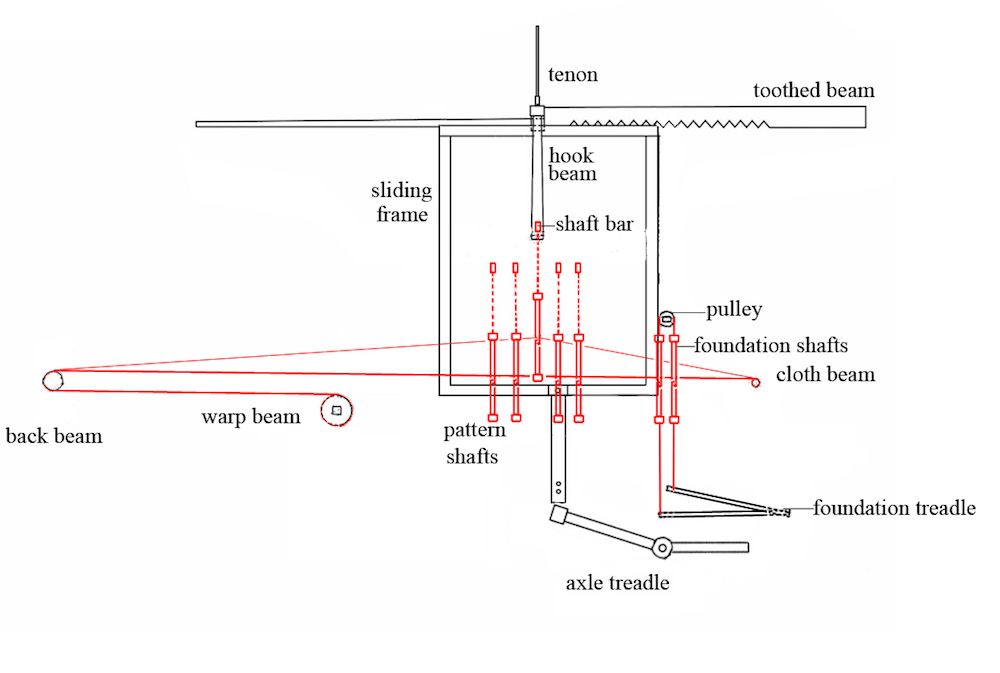
This drawing shows how the largest loom's beams, shafts and treadles would have moved. The red lines show the moving warp and shaft components of the loom, the researchers said.
Patterns of complexity

Pattern looms, like the ones discovered in the tomb, can make complex patterns. Here is silk with geometric patterns (top) from the archaeological site of Mawangdui in China's Hunan province. Below is a drawing of the corresponding pattern.
[Read the Full Story on the Tiny Looms]

Laura is the managing editor at Live Science. She also runs the archaeology section and the Life's Little Mysteries series. Her work has appeared in The New York Times, Scholastic, Popular Science and Spectrum, a site on autism research. She has won multiple awards from the Society of Professional Journalists and the Washington Newspaper Publishers Association for her reporting at a weekly newspaper near Seattle. Laura holds a bachelor's degree in English literature and psychology from Washington University in St. Louis and a master's degree in science writing from NYU.
 Live Science Plus
Live Science Plus





